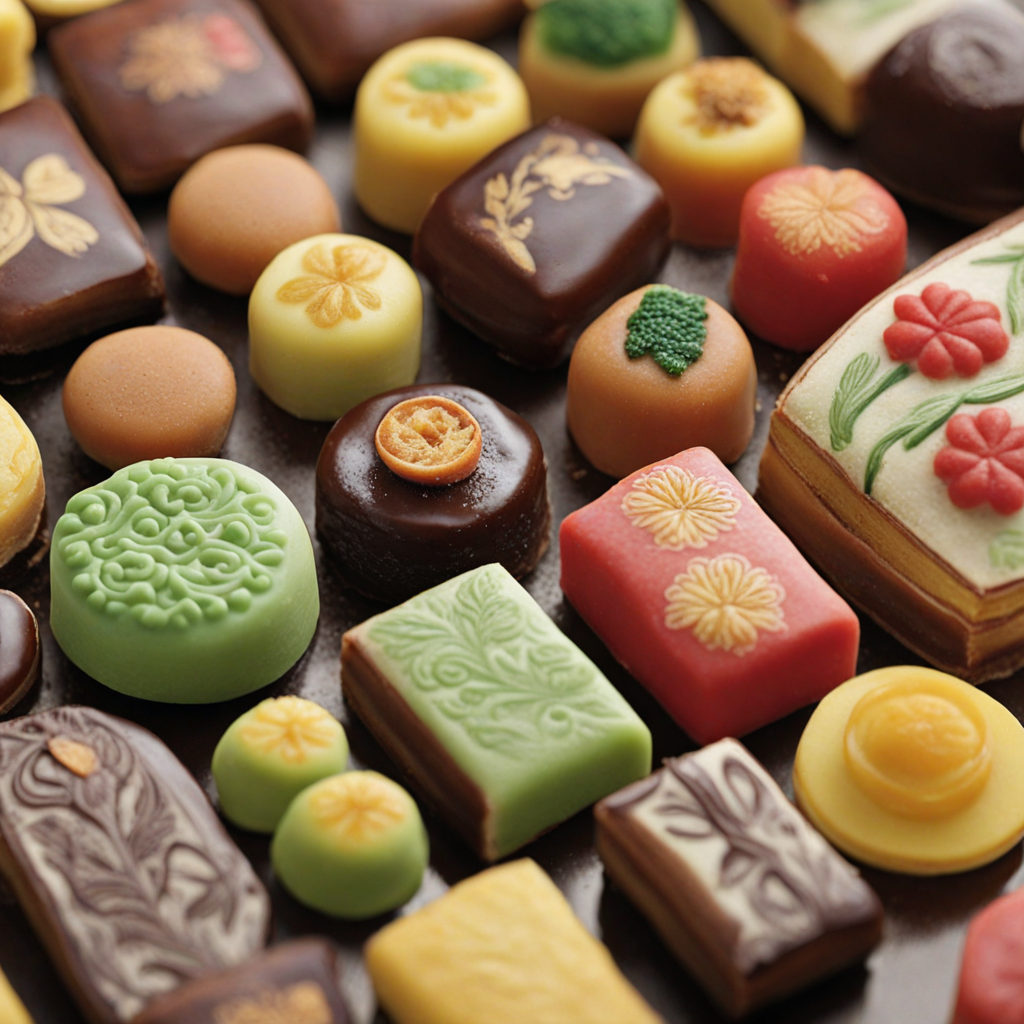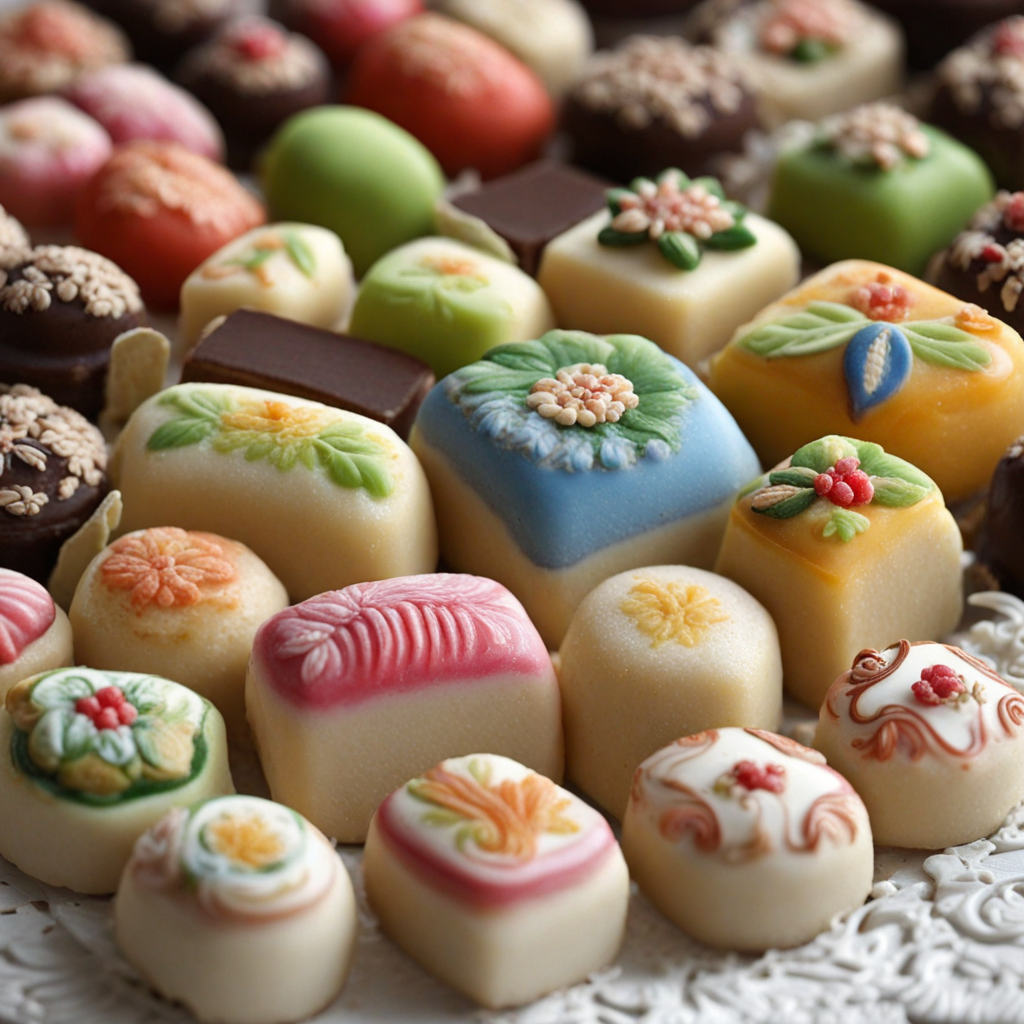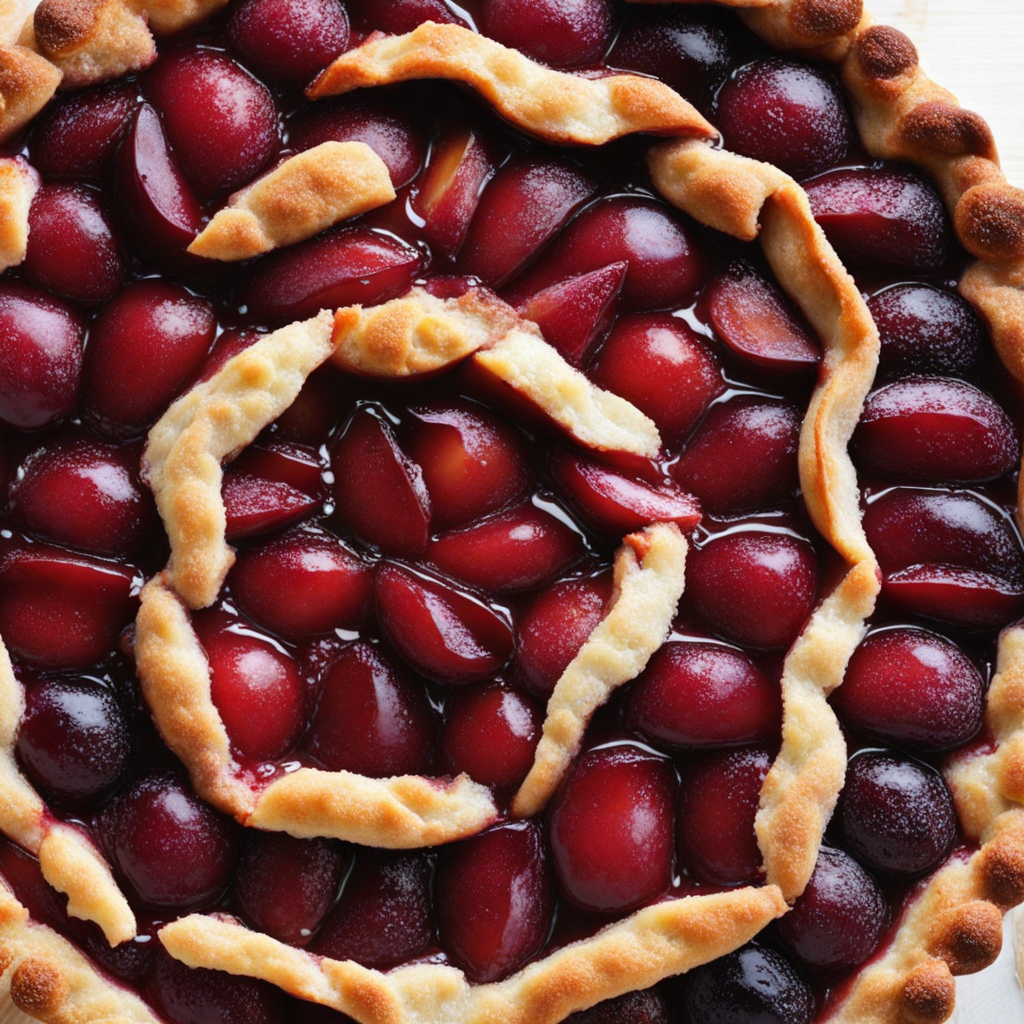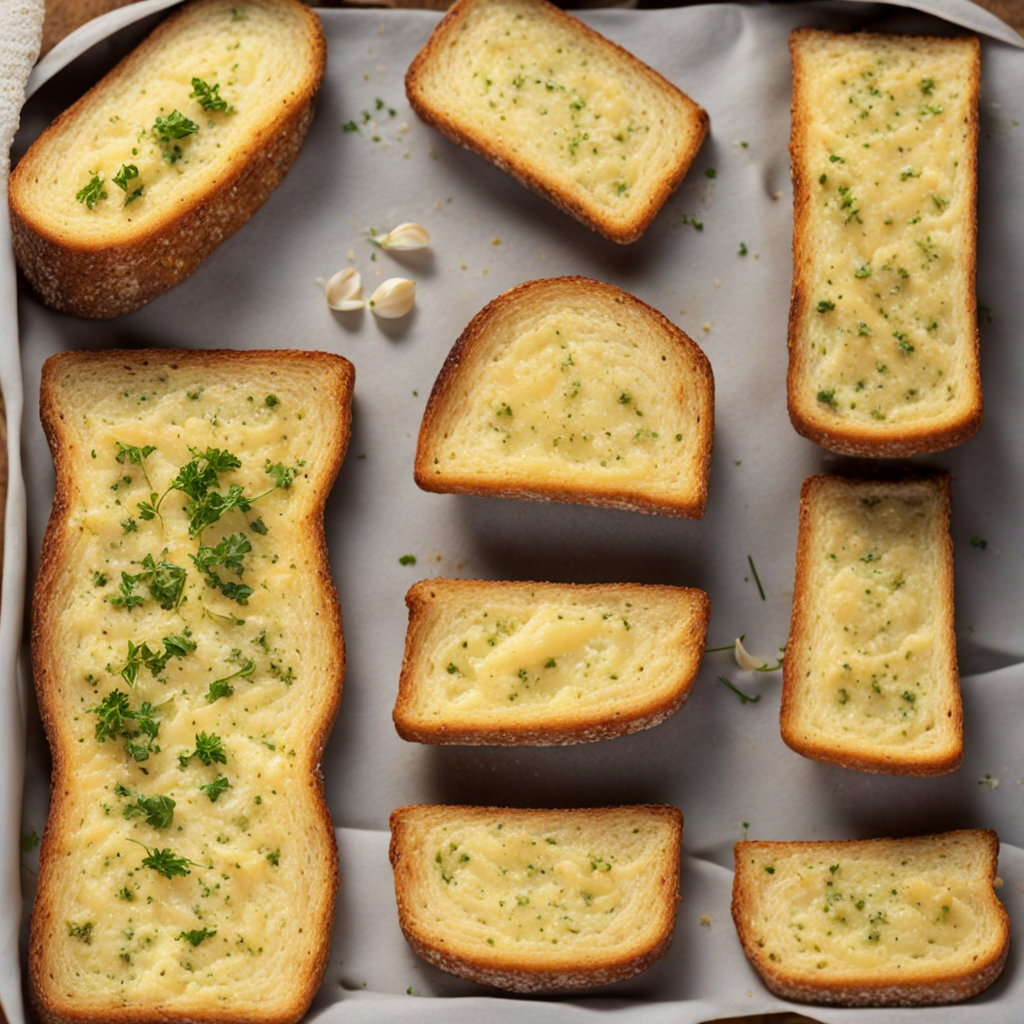Kalev's Marzipan
Kalev's Marzipan is a delightful confection that embodies the rich culinary tradition of Estonia. This sweet treat is made primarily from finely ground almonds and sugar, creating a smooth and creamy texture that melts in your mouth. What sets Kalev's Marzipan apart is the unique blend of flavors often infused into the mixture, including hints of rosewater, vanilla, and even local spirits, which add a distinctive character to each bite. The marzipan is often molded into intricate shapes, making it not only a pleasure to eat but also a feast for the eyes, showcasing the artistic craftsmanship behind this traditional Estonian delicacy. One of the most enchanting aspects of Kalev's Marzipan is its versatility. It can be enjoyed on its own, but it also serves as a delightful filling for cakes and pastries, enhancing their sweetness and offering a nutty undertone. Additionally, Kalev's Marzipan is often used in festive celebrations, especially around holidays and special occasions, where beautifully crafted marzipan figures are exchanged as gifts. This practice not only highlights the marzipan's significance in Estonian culture but also brings a sense of joy and merriment to gatherings. For those looking to explore new tastes, Kalev's Marzipan offers a unique experience that marries tradition with flavor innovation. The balance of sweetness and nutty richness, combined with the artistic presentation, makes it a must-try for anyone interested in confectionery delights. Whether enjoyed as a standalone treat or incorporated into a larger dessert, Kalev's Marzipan promises to entice your palate and transport you to the charming culinary landscape of Estonia.
How It Became This Dish
Kalevi Martsipan: A Sweet Legacy of Estonia #### Origins Kalevi martsipan, a delightful confection made primarily from ground almonds and sugar, holds a special place in Estonian culinary history. Its roots can be traced back to the medieval period, when marzipan itself gained popularity across Europe. Although marzipan is believed to have originated in the Middle East, it made its way to Europe through trade routes, particularly in the Mediterranean regions. By the 14th century, various versions of this sweet treat were being produced in cities like Lübeck and Nuremberg, which became renowned centers for marzipan production. The term "martsipan" in Estonian is derived from the German word "Marzipan," reflecting the influence of German culture on the Baltic region, particularly during the time of the Hanseatic League. This medieval trading alliance established strong ties between the German cities and the Baltic states, including Estonia. As a result, the sweet, almond-based delicacy began to permeate Estonian culture. #### Cultural Significance In Estonia, martsipan is more than just a sweet treat; it embodies a rich tapestry of cultural significance. It is often associated with celebrations and important occasions, such as weddings, holidays, and other festive gatherings. The craft of making martsipan became an integral part of local traditions, particularly in the city of Tallinn, where the famous Kalevi confectionery has played a pivotal role since its establishment in 1806. Kalevi, named after the legendary hero Kalev from Estonian folklore, has become a symbol of national pride. The brand's martsipan products are not merely sweets but also represent a connection to Estonia’s history and identity. The historical Tallinn Old Town, a UNESCO World Heritage site, is home to numerous cafés and shops where martsipan is sold, showcasing the confection's enduring popularity. Martsipan also features prominently in Estonian folklore. It is often crafted into intricate shapes and figures, including animals, flowers, and even historical figures, particularly during the Christmas season. These artistic creations are not just for show; they carry wishes of prosperity, luck, and joy. In this way, martsipan serves as both a treat and a medium of expression, deeply interwoven with the cultural fabric of Estonia. #### Development Over Time The evolution of kalevi martsipan reflects broader trends in both Estonian society and the culinary arts. In the 19th century, as Estonia experienced a wave of nationalism and a revival of interest in folk traditions, martsipan began to be more widely recognized as a symbol of Estonian identity. Artisans began to experiment with flavors, colors, and shapes, pushing the boundaries of traditional recipes. The 20th century was a tumultuous time for Estonia, marked by occupations and wars. During these periods, traditional crafts, including martsipan-making, faced challenges. However, the resilience of the Estonian people ensured that the art of making martsipan continued. After gaining independence in 1991, Estonia experienced a cultural renaissance, and traditional foods like martsipan were re-embraced as symbols of national pride. Kalevi Martsipan has since expanded its repertoire, offering an array of flavors that appeal to modern palates. While the classic version remains popular, innovations have introduced new ingredients such as dark chocolate, fruit purees, and even local spirits. This evolution reflects a broader trend in the culinary world, where traditional foods are adapted to contemporary tastes while still honoring their origins. Today, kalevi martsipan is not just a local delicacy; it has gained recognition beyond Estonia’s borders. The confection is frequently featured in international food fairs and exhibitions, where it showcases the unique flavors and craftsmanship of Estonian artisans. The kalevi brand, with its commitment to quality and authenticity, has helped elevate the status of Estonian martsipan on the global stage. #### The Art of Making Kalevi Martsipan The preparation of kalevi martsipan is a labor-intensive process that requires skill and patience. The key ingredients—almonds, sugar, and sometimes egg whites—are blended together to create a smooth paste. This paste can be colored with natural dyes, adding a vibrant visual appeal to the final product. The traditional method involves hand-shaping the paste into various forms, which are then often coated with a thin layer of sugar or chocolate. One of the most striking aspects of kalevi martsipan is the artistry involved in its presentation. Craftsmen often sculpt intricate designs that tell stories or convey messages. For instance, during the Christmas season, martsipan figures may depict nativity scenes or winter animals, symbolizing the festive spirit. This artistic flair not only enhances the visual appeal of the treats but also connects them to cultural narratives and traditions. #### Modern Day and Future Prospects In recent years, there has been a growing interest in artisanal and locally-sourced foods, contributing to a resurgence in the popularity of kalevi martsipan. Local markets, food festivals, and online platforms have enabled small producers and artisans to showcase their creations, fostering a sense of community and pride in Estonian culinary heritage. Moreover, as the world becomes increasingly interested in sustainability and ethical food practices, the methods used in producing kalevi martsipan are being revisited. Many producers are now focusing on sourcing ingredients responsibly, using organic almonds and natural sweeteners. This shift not only caters to modern consumer preferences but also reinforces the connection between food and the environment. Kalevi martsipan stands at the crossroads of tradition and innovation. As Estonia continues to carve out its identity on the global stage, this beloved confection remains a testament to the resilience and creativity of its people. Whether enjoyed as a festive treat, given as a gift, or savored as a personal indulgence, kalevi martsipan encapsulates the spirit of Estonia—a sweet legacy that continues to thrive and evolve. In conclusion, kalevi martsipan is more than just a sweet; it is a symbol of cultural heritage, a testament to artistic craftsmanship, and a reflection of Estonia's history and identity. As it continues to evolve, this beloved confection will undoubtedly remain a cherished part of Estonian life for generations to come.
You may like
Discover local flavors from Estonia







